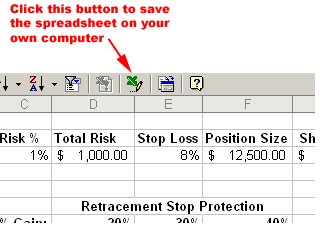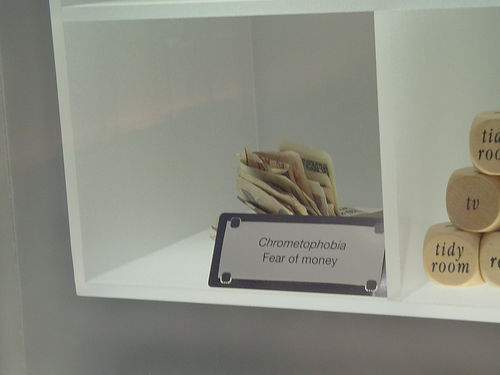Let’s say (hypothetical): The market is trending higher. You find a stock to buy. You setup the proper risk-to-reward scenario.
So, how do you determine how many shares to buy?
Let’s setup a few hypothetical scenarios with three investors trading different size accounts.
- Trader A has an account with $100,000
- Trader B has an account with $50,000
- Trader C has an account with $10,000
This exercise will teach novice investors how to properly position size their trades, preventing you from blowing-up your account or risking too much on one position.
These examples will buy the same stock (XYZ in this case) but we will do so with different stops based on different trade setups: 5%, 10% and 15% sell stop. The positions will also be placed in three different accounts. My free excel position sizing spreadsheet is the only tool I am using to determine the size of each position based on the entry price, sell stop (risk) and size of the account.
The number of shares change but the risk stays the same! Let me say that again, the number of shares change but the risk stays the same for all three traders.
Please note that these examples don’t consider other variables such as commissions, slippage, etc. Please read the book by Van K. Tharp to study the detailed models of position sizing. I will also like to note that it is very difficult to employ position sizing strategies with accounts smaller than $10,000 (even this is a small amount and can blow-out if not traded carefully).
Total risk of the accounts will be 2% in each scenario!
Trader A ($100,000 account)
Example #1:
Stock XYZ is trading at $60 per share
Portfolio size of $100,000
The stop loss is 5%
Risk will be $2,000 = ($100,000*2%)
Amount to Trade at 5% stop: $40,000 = ($2,000 / 5%)
Shares to be bought: 667
Example #2:
Stock XYZ is trading at $60 per share
Portfolio size of $100,000
The stop loss is 10%
Risk will be $2,000 = ($100,000*2%)
Amount to Trade at 10% stop: $20,000 = ($2,000 / 10%)
Shares to be bought: 333
Example #3:
Stock XYZ is trading at $60 per share
Portfolio size of $100,000
The stop loss is 15%
Risk will be $2,000 = ($100,000*2%)
Amount to Trade at 15% stop: $13,334 = ($2,000 / 15%)
Shares to be bought: 222





Connect with Me